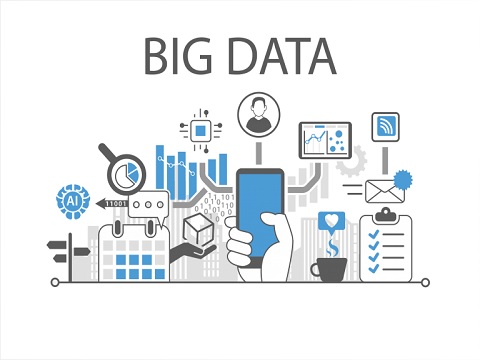
29 Oct 4 Dangers of Big Data Uses for the Business
Whether you’re a data scientist, a CIO, or a CDO, the very utterance of the word “data” should prompt your immediate attention. Even if you’re not one of these roles, chances are, your everyday decision-making is vastly affected by data. With how accessible IoT and analytics-driven technology is in 2018, even the local mom-and-pop restaurant can extract value and turn profit from data insights on customer behavior.
However, what isn’t regularly discussed are the downsides or potential problems of the use and mis-use of data analytics. Here, we will explore the top 4 problems resulting from such cases:
1. Cyber-Security: Protecting Your Data
The question is often raised for whether we actually have control and ownership over our own data. The propensity for good and evil extends both ways as technological innovation drives forward. For the enterprise, having the correct cyber-security systems could mean the difference in protection or theft in key business strategies.
Fret not, however, as cyber-security is a case where you can fight fire with fire. With enough use of historic data and predictive analytics, threats can be seen and prevented ahead of time. Examining common cases of data hacking can teach valuable lessons to companies. Like a human’s adaptive immune system, companies can bolster their cyber-security after initial threats to prevent even the most alarming future data breaches.

2. Data Mismanagement: Using the Wrong Tools
Say your company is using a data analytics tool that aggregates and analyzes data to draw business insights. Potential problems may include duplicated or damaged data points. Depending on what data your business is focused on extracting, most data points are seldom static. For example, assets and vehicles are constantly on the move, undergoing different temperature changes, and being exchanged through various environments. Often times, readings on these assets and connected things can be made obsolete, thus, creating deadly challenges for the enterprise.
To answer these problems, it should be natural for companies to invest in data-driven vendor that prioritizes quality data ingestion. Adopting a competent and proactive data analytics system can secure value for business intelligence in the long run. In addition, having a responsive team of solutions experts to work with you is one of the things that MicroAI prioritizes in our capabilities, especially.
3. How Much Data is Too Much Data?
As time passes, our connected devices are generating more data than most networks are used to handling. This presents a challenge even to the most seasoned of CIOs and other data-reliant roles. The propensity for error in data analyzation becomes even greater in the face of bad or corrupted data collection.
One way to optimize data mining techniques is to ensure both quantity and quality of data points. Too few data points will result in a high margin for error and unpredictability. Similarly, having too low of quality data points will result in lack of business values. For example, if humidity data is taken from an asset that is guaranteed to not undergo any changes in humidity due to their constant environment, then these data points are irrelevant and might end up costing more time and resources to parse through than its worth.

4. The Bigger Picture: A Lack of Data Visualization
Collecting data is a good start, but most enterprises are lacking or processes sub-optimal means of viewing these data points in a digestible way. After all, looking at value is not good enough if the observer cannot comprehend what the value is. Therefore, it is crucial to adopt real-time and historical data on dashboards and charts to maintain clarity of business values.

